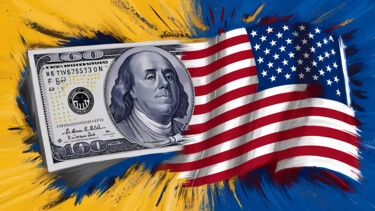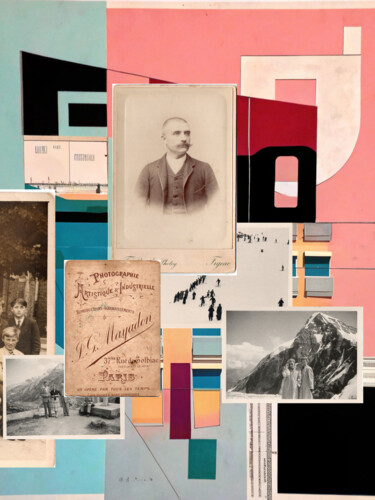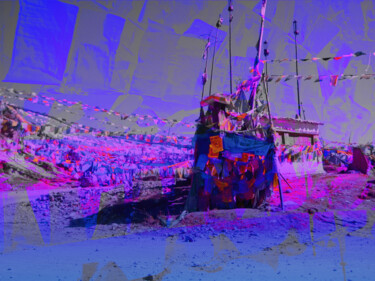1,486 原始限量版和数字艺术作品出售:
你在找出售原创数字艺术作品吗?
探索所有风格和所有数字艺术技术:当代艺术、街头艺术、抽象艺术、具象艺术...... ArtMajeur 迎合所有艺术敏感性,20 年来一直在您身边庆祝美,有超过 360 万件当代艺术作品供您探索。 .. 或获取!发现来自世界各地的当代艺术家的作品,用一流的方式装饰您的室内!单纯的艺术爱好者还是公认的收藏家?找到最喜欢的画布或绘画,真正增强您的装饰效果。 ArtMajeur 为您提供世界上最优秀的当代艺术家的原创作品、限量版和艺术版画。在 ArtMajeur 上,数字艺术作品由艺术市场的爱好者和专家挑选。我们为您精选时尚、获奖、知名艺术家的原创作品,以及当代艺术领域新崛起的价值,为您在线购买数字艺术提供指导和帮助。
Discover contemporary World Culture Digital Arts on ArtMajeur
Contemporary World Culture Digital Arts is a vibrant and dynamic art form that has emerged in recent years. Digital art encompasses a wide range of artistic practices that utilize digital technology, such as computers, software, and programming languages, to create original works of art. The materials and supports used in contemporary digital art are diverse, including projections, installations, animations, and virtual reality experiences. What sets digital art apart from traditional art forms is its ability to engage with the viewer in new and innovative ways, using interactive technologies and immersive environments to create unique and unforgettable experiences. This art form challenges our perceptions of what art can be and how it can be experienced, and it continues to push the boundaries of creativity and innovation in the digital age.
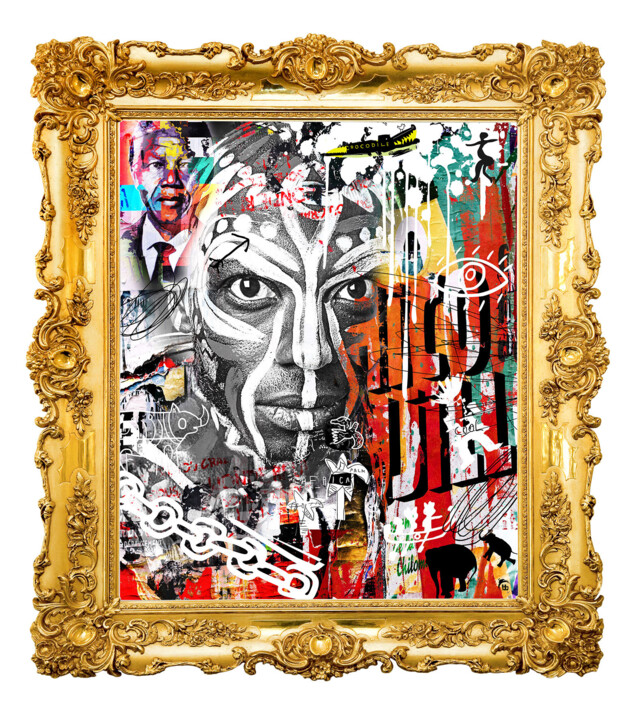
©2021 Bb By Bruno Boffa
Origins and History
Contemporary World Culture Digital Arts emerged from the fusion of technology, art, and global culture. It began to gain momentum in the 1990s with the advent of digital media and the internet. This period saw the rise of net.art, a movement that explored the potential of the internet as an artistic medium. The years that followed saw advancements in software and hardware technology, which allowed artists to create increasingly complex and interactive digital works. Today, contemporary World Culture Digital Arts encompasses a vast array of art forms, including video games, digital installations, virtual reality experiences, and more.

©2023 Klaus Rudolph
Evolutions of theses works in the contemporary art market
Contemporary World Culture Digital Arts have undergone a remarkable evolution in recent years, with artists exploring the possibilities of technology to create immersive and interactive experiences. From virtual reality installations to generative art and interactive sculptures, these works challenge traditional notions of art and blur the boundaries between the physical and digital worlds. The importance of these digital arts in the contemporary art market cannot be overstated, as they offer a fresh perspective on the role of technology in our lives and open up new avenues for artistic expression. Critics and collectors alike are drawn to these works for their innovative use of technology, their ability to engage with audiences in new ways, and their potential to shape the future of art. As technology continues to advance, it will be fascinating to see how these digital arts evolve and what new forms of expression they will inspire.

©2025 Lea Ottavi
Related Famous Artists
Contemporary artists who are celebrated for their work about the current state of World Culture Digital Arts include:
Trevor Paglen - Known for his work in surveillance studies, Paglen’s œuvre includes photographs, installations, and videos that explore the hidden structures of power in the digital age.
Hito Steyerl - A German artist who works in video and installation, Steyerl’s work often engages with the intersection of technology, politics, and capitalism, offering a critical perspective on the contemporary world.
Cory Arcangel - An American artist who uses code, software, and other digital tools to create music, videos, and installations that reflect on the aesthetics and culture of the internet age.
Rafael Lozano-Hemmer - A Mexican-Canadian artist who works with interactive installations, Lozano-Hemmer’s work often explores the relationships between people and technology, and the ways in which digital media shapes our experience of the world.
Ed Atkins - A British artist who works primarily in video, Atkins’ work explores the intersections of technology and the body, often using computer-generated images and animations to create surreal and unsettling scenarios.
These artists offer a range of perspectives on the contemporary world of digital culture, engaging with issues such as surveillance, capitalism, power, and the relationship between technology and the human body. Their work invites us to question our assumptions about the role of digital media in our lives and to reflect on the ways in which it shapes our understanding of ourselves and the world around us.
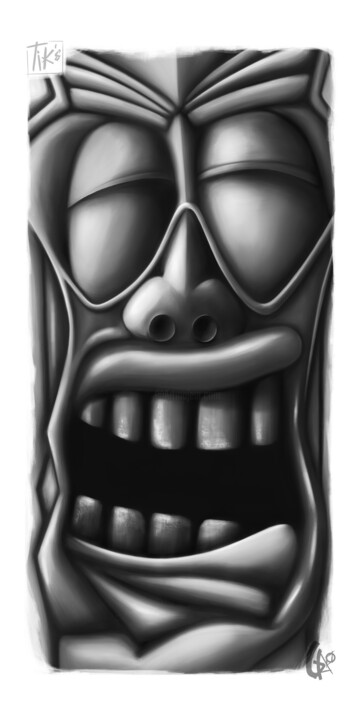
©2023 Sébastien Gaonach
Notable contemporary World Culture Digital Arts
Contemporary world culture digital arts have revolutionized the way we perceive art. These artworks are characterized by their use of digital technology to create stunning, thought-provoking pieces.
One such artwork is "The Physical Impossibility of Death in the Mind of Someone Living" by Damien Hirst, created in 1991. This piece features a preserved tiger shark suspended in a tank of formaldehyde, challenging our notions of mortality and the transience of life.
Another notable artwork is "The Clock" by Christian Marclay, created in 2010. This masterpiece is a 24-hour video montage that features thousands of film clips depicting clocks and timepieces, synchronized to real-time. This work explores the concept of time and its relationship to our daily lives.
"Rain Room" by Random International, created in 2012, is an interactive installation that simulates a continuous downpour of rain. However, visitors can walk through the rain without getting wet due to sensors that detect their presence and stop the water flow. This artwork explores the intersection between technology and nature.
"Digital Orca" by Douglas Coupland, created in 2009, is a sculpture that features a stunning, life-sized Orca whale rendered in a pixelated, digital style. This artwork draws attention to the effects of technology on our environment and the ways in which we perceive the natural world.
Overall, contemporary world culture digital arts challenge our perceptions of reality and invite us to question our place in the world. These artworks are a testament to the power of technology to inspire and transform our understanding of art.

Edith Bos Boyer (EDITH DONC)
数字艺术 | 7.9x5.1 in
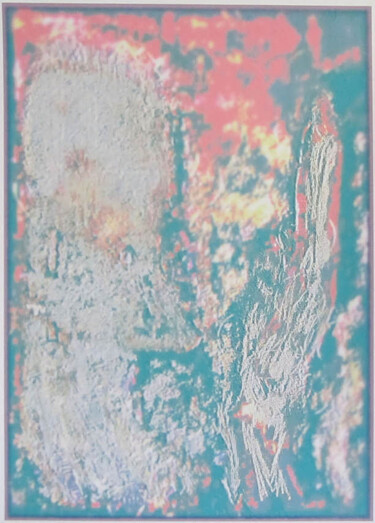
Richard Raveen Chester
数字艺术 | 19x13 in
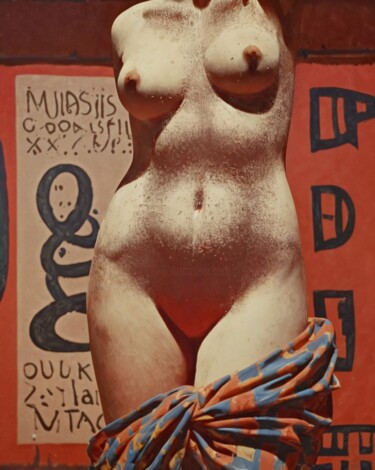
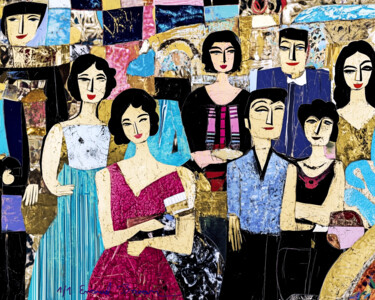
Emanuel Baumann
数字艺术 | 24x29.9 in
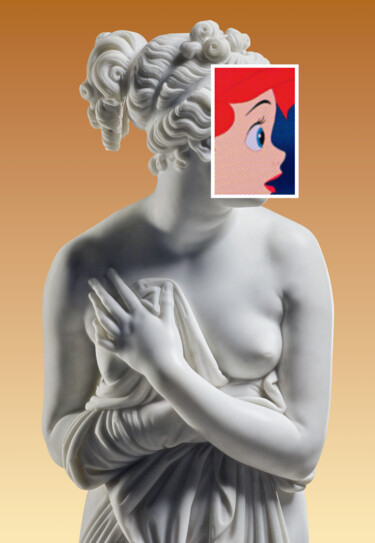
José Luis Guerrero
数字艺术 | 47.2x35.4 in
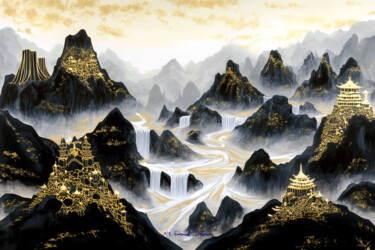
Emanuel Baumann
数字艺术 | 20.9x38.6 in

José Luis Guerrero
数字艺术 | 27.6x43.3 in
